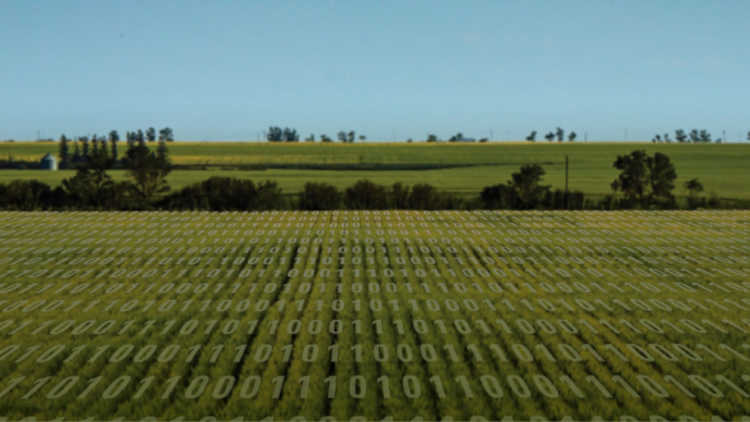Integrate data to drive profitability

With more avenues for data generation on the horizon, finding a way to pull it all together and derive value from it is more important than ever. GPS technology has been the driving force for data generation in field crops, but with the internet of things, robotics and connected sensors, all sectors of agriculture are challenged to find ways to integrate and optimize all the data available to them.
Farmers have been collecting data in a serious way since the mid-’90s when yield monitors first appeared and began collecting yield and grain moisture data every two seconds as the combine moved across the field. Today, farmers are able to collect data from many sources including planters and seeders, sprayers, plant health imagery from satellites and drones, weather data from service providers and connected weather stations, connected soil and crop canopy sensors, equipment performance data, and more.
Making data-driven decisions
The dream solution would be software or platforms that allow you to dump all available data into a system that will churn it all into solutions and better management decisions.
The dream solution would be software or platforms that allow you to dump all available data into a system that will churn it all into solutions and better management decisions.
Jordan Wallace is the owner of GPS Ontario and has been involved with GPS hardware and data management software for over 20 years. “For grain growers the goal has always been to get to the point where we are making data-driven management decisions,” he says. “The holy grail of data management is to track all cost of production elements across the entire operation, create management zones, and use variable-rate technology wherever possible and profitable.” In many cases, Wallace sees data being loaded into platforms that aren’t considering the cost of production and financial analysis.
“There is software and services that make it very easy to import data from equipment and other sources, but the financial aspect is missing,” he says. Wallace adds that there are also options that allow for bringing in crop production costs and profitability calculations. “But they’re more complex and require more effort from the farmer to keep updating the numbers and being diligent to make edits if plans change through the growing season. It’s great to have all the data in one place, but what decisions are enabled by the data, and is it driven by profitability?”
Wallace sees potential for agronomic and financial data to go beyond simple treatments to where producers can make more impactful changes to their overall production practices. “We made a switch to strip tillage on our own farm five years ago because we had gathered all the data to show it would be a more profitable alternative.”
Quality is key
Leanne Freitag is a digital integration specialist with Bayer Crop Science based in Ontario. Her job is to help farmers make use of their data. “The first thing I would say is don’t let equipment be a limiting factor if you are trying to pull all your data into one platform. There are solutions to make equipment compatible and bring your data together even if you are using different brands or the equipment is more than a few years old.”
Freitag says that getting value out of data integration is less about pulling reams of data from a large number of sources, it’s more about being diligent that the data you are generating and importing into your system is of good quality and means something to you. For some producers, it means assessing yield at the end of the season to make hybrid and variety decisions for next year. They can also analyze yield results to see what management practices worked or didn’t work so they can fine-tune things for next year. Others may want to look at layering more data and incorporating variable planting rates and fertility.
“Farming is a team sport and integrated data platforms allow everyone involved to be able to see what’s happening in one field or all fields. Having all the field information in one spot makes it easy to create a report card at the end of the season. Digital data does not replace human knowledge and expertise, it complements your management skills. As we move to more sensor-driven data, we will be able to address solvable problems in real time rather than just using this year’s data to make decisions for next year,” Freitag says.
Set realistic objectives
Both experts agree that blindly dumping data into an integration platform is not going to magically spit out solutions. It’s up to the user to direct what data is included and there should be defined objectives. Is the goal to simply do a better job on seed selection or placement, fertility or fungicide applications or is it about a complete overhaul of the farm’s production practices?
There are many options available to help you aggregate your data and pull more meaningful conclusions from all the numbers. Equipment companies, seed and crop protection companies, farm management companies, after-market precision ag hardware companies and independent software developers all have products in this space. Some are free, some require a subscription. Some are very simple and straightforward; some are more complex and require more effort and input from the user.
The most important first steps in the data integration process are to make sure your data is of good quality and select the platform that works best for you.
From an AgriSuccess article by Peter Gredig.

Considering renting farmland? Learn how to determine what rental rates you can afford to make the best decision for your operation.